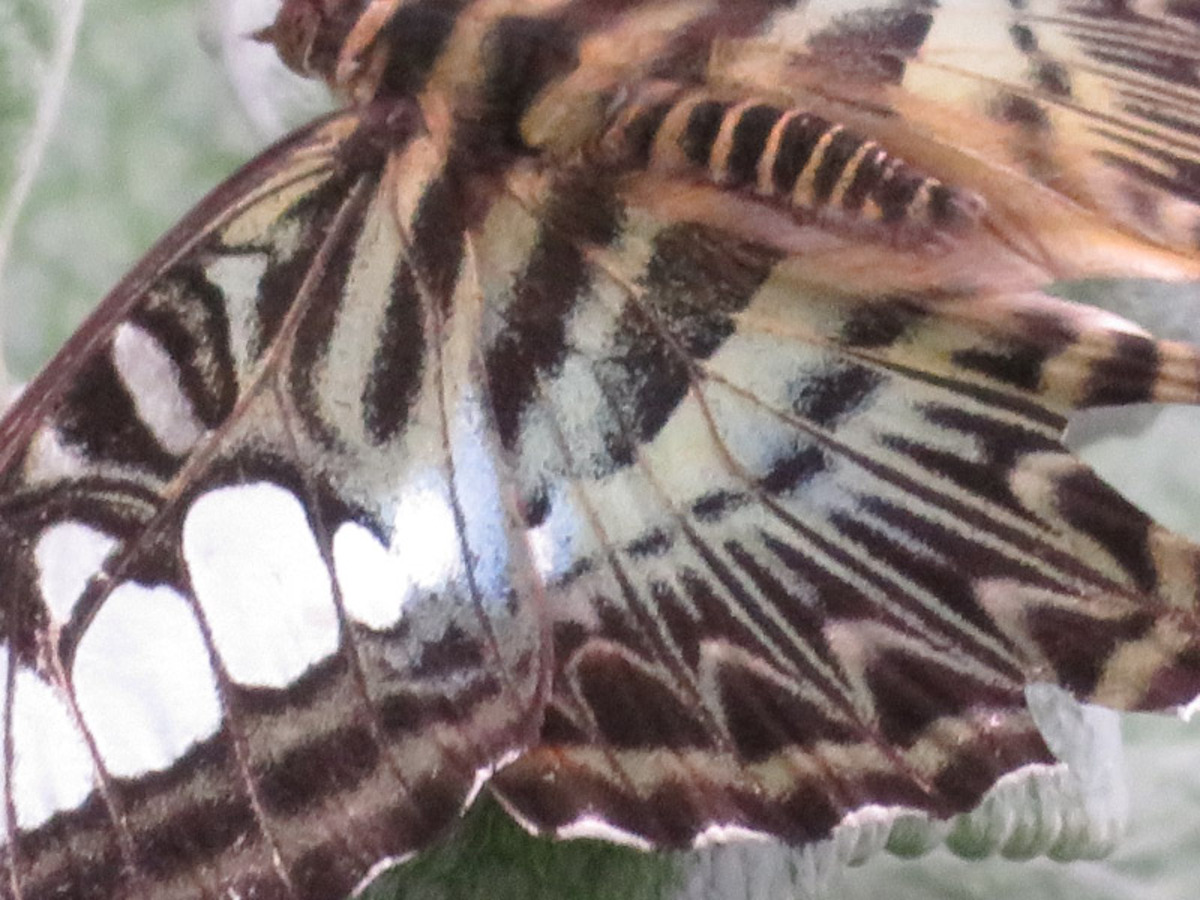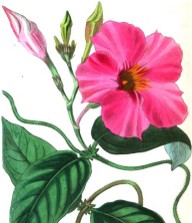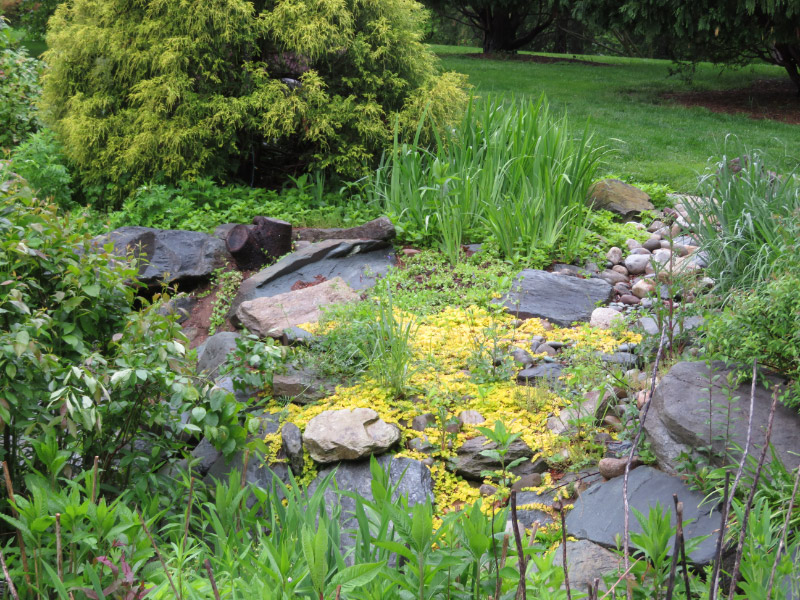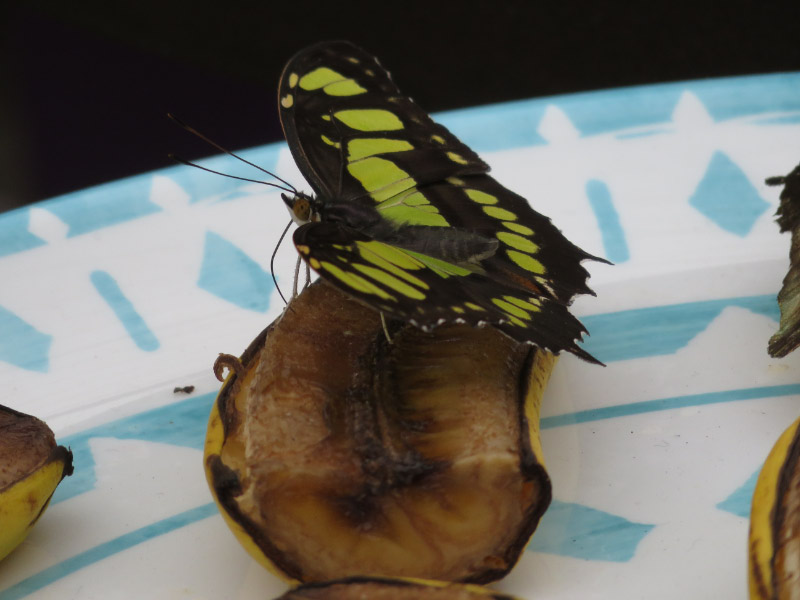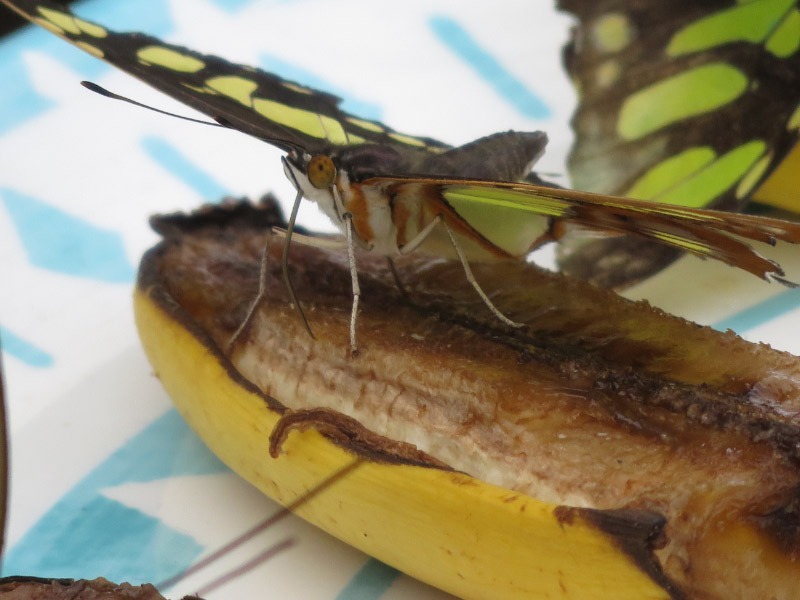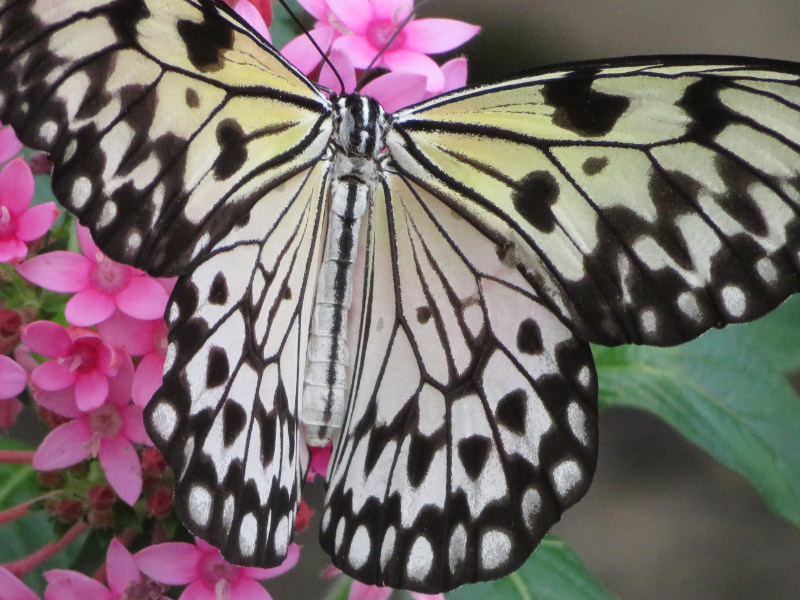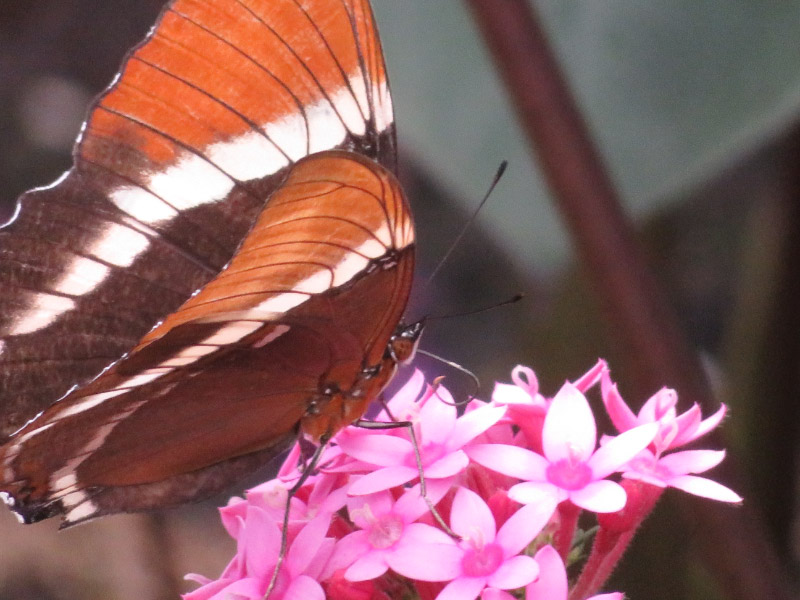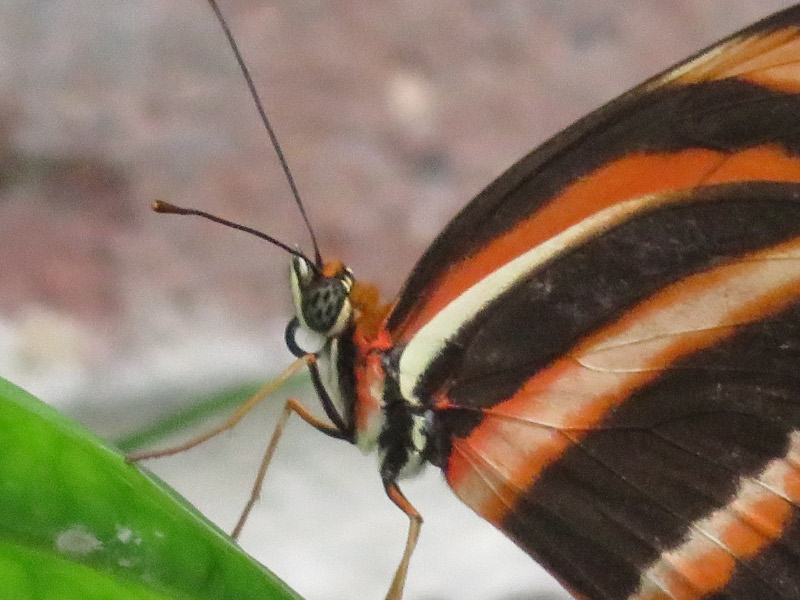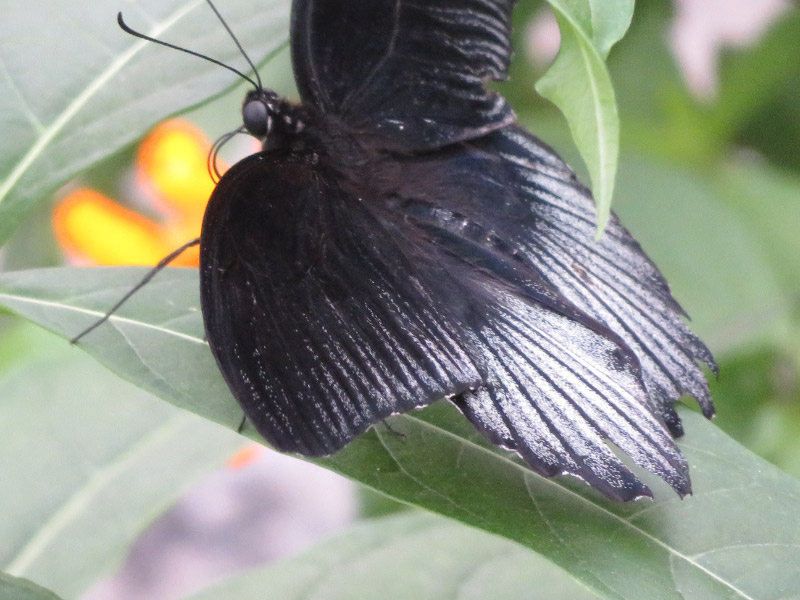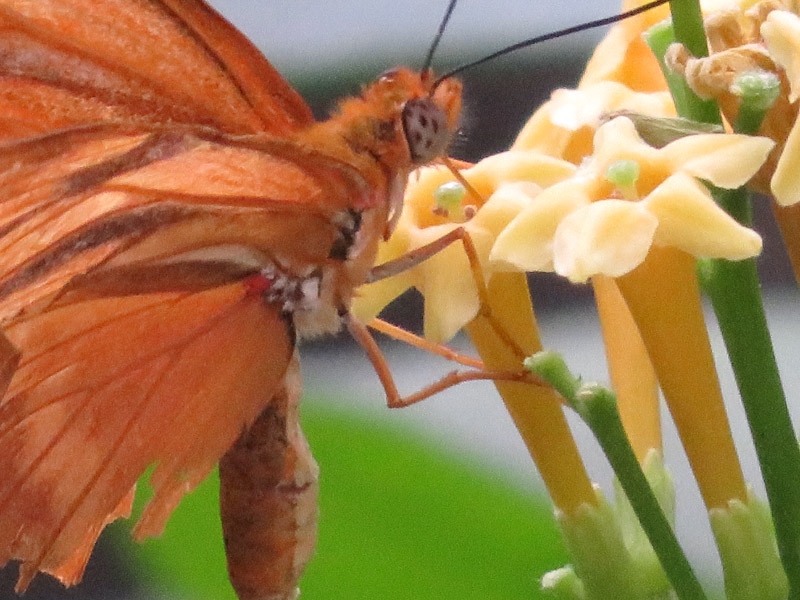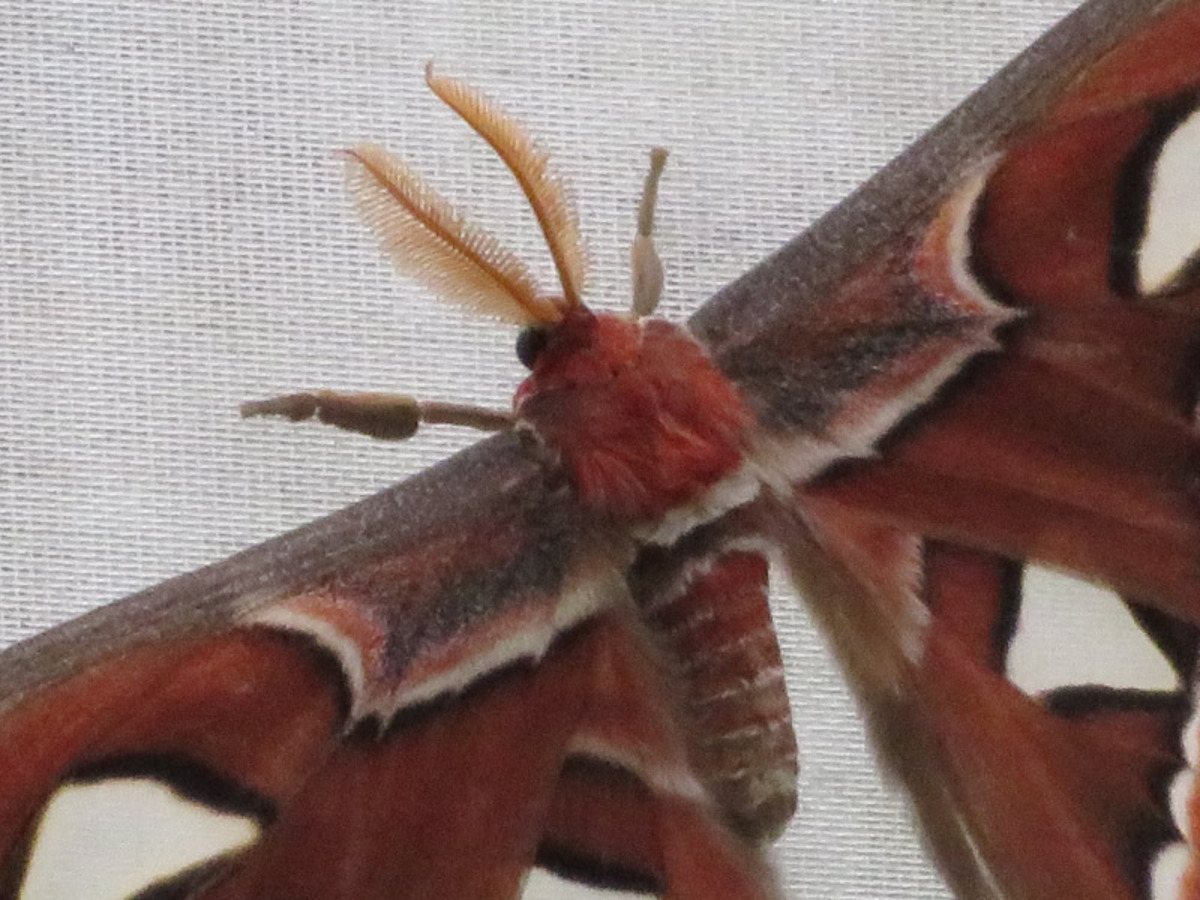Moving in Containers – Part 2
/I posted about the loading of the first container last week. That one will be delivered to Pittsburgh in mid- June and I’ll continue this series with that delivery. The rest of the shippable items in my daughter and son-on-law’s two bedroom Tucson apartment was loaded into two containers late last week. We had underestimated the amount of time it would take to pack boxes and ready furniture to go into the container. The time crunch was made worse when we found out the containers would be loaded in the morning rather than the afternoon. We got very little sleep! I loaded boxes of the same size in piles – putting them there while I packed them rather than moving then afterward.

The morning of the move, we put the queen-sized mattress in a mattress bag and then boxed it. The box springs just got a plastic bag. Maneuvering the big items into covers and boxes takes a lot of stretching and contortion….exhausting work. We marked the box that we’d purchased for the box springs as ‘do no move’ but there ended up being room in a container for the box so we didn’t have to put it in the re-cycle dumpster.

 The kitchen was place we put things that were not going into the containers (i.e. no food or liquids).
The kitchen was place we put things that were not going into the containers (i.e. no food or liquids).
The two containers arrive just after 9 AM with three men to load them. It took them 1 hour and 15 minutes to load them.


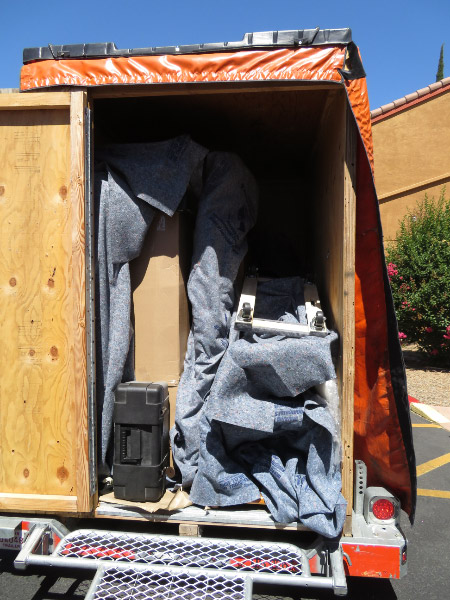 After they left – the hard part of throwing away pantry items and compacting as much as we could to take in the car. We put furniture items my daughter did not want to move near the dumpsters at the apartment and they were gone within a few hours – to a new home. I’m still working on what a learned from the experience --- preparing to write it down --- since when I move from my current house, it will probably be in containers.
After they left – the hard part of throwing away pantry items and compacting as much as we could to take in the car. We put furniture items my daughter did not want to move near the dumpsters at the apartment and they were gone within a few hours – to a new home. I’m still working on what a learned from the experience --- preparing to write it down --- since when I move from my current house, it will probably be in containers.
























